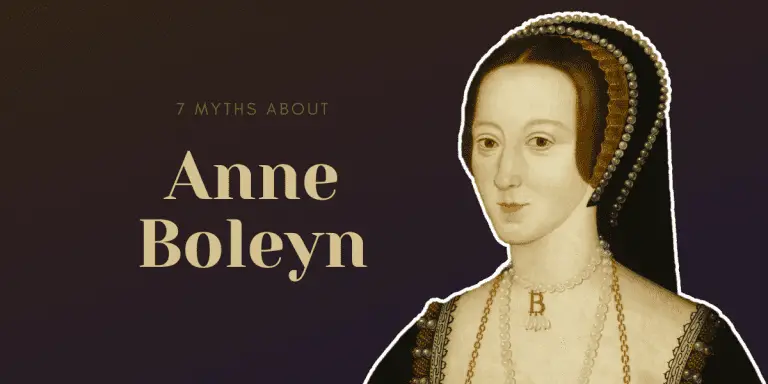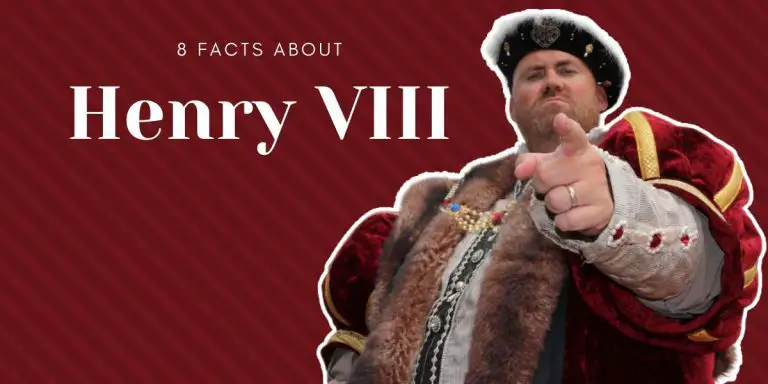The execution of William Lord Hastings by Richard III
[et_pb_section fb_built=”1″ _builder_version=”4.15.0″ _module_preset=”default” global_colors_info=”{}”][et_pb_row _builder_version=”4.15.0″ _module_preset=”default” global_colors_info=”{}”][et_pb_column type=”4_4″ _builder_version=”4.15.0″ _module_preset=”default” global_colors_info=”{}”][et_pb_video src=”https://www.youtube.com/watch?v=5wikx53XGq8″ _builder_version=”4.15.0″ _module_preset=”default” global_colors_info=”{}”][/et_pb_video][et_pb_text _builder_version=”4.15.0″ _module_preset=”default” hover_enabled=”0″ global_colors_info=”{}” sticky_enabled=”0″]
The execution of William Lord Hastings by the future Richard III was a significant event during the Wars of the Roses. It represented the start of Richard Duke of Gloucester’s successful attempt to take the throne from his young nephew Edward V.
William Lord Hastings was a close friend of Henry VIII’s grandfather, King Edward IV. He married Katherine Neville, the sister of the hugely influential Richard Neville, otherwise known as the “Kingmaker.”
He was a loyal supporter of the House of York during the Wars of the Roses. He climbed the ranks to become Edward IV’s Lord Chamberlain.
When Edward IV unexpectedly died, the crown immediately passed to his young son, Edward – who became Edward V. He is better remembered as the elder of the two Princes in the Tower.
Under the terms of Edward IV’s will, his younger brother Richard, Duke of Gloucester, would become Lord Protector until his youngest son reached age and could rule the kingdom himself. However, Edward IV’s widow, Elizabeth Woodville, had other ideas.
She was highly suspicious of Richard, Duke of Gloucester and had no intention of losing the power and wealth that she currently had. She wanted to control the young King herself. Edward V was in Ludlow, the traditional seat of the Prince of Wales, when his father died. He was under the supervision of Elizabeth’s brother, Anthony Woodville, Lord Rivers. Elizabeth Woodville instructed her brother to bring the young King back to London.
Richard, Duke of Gloucester, lived up in Yorkshire and ruled the north on behalf of his brother. He was not aware of what was happening down in London.
However, William Lord Hastings was down in London, and he informed Richard of everything the Woodvilles were doing. Richard burst into action, heading south immediately. On the way down to London at Stony Stratford, he intercepted the young King Edward V with his Woodville Uncle.
Richard, Duke of Gloucester, took control of the young King, arrested Woodville, and marched into London to the Tower.
At this stage, taking Edward V to the Tower of London gave little cause for concern. It was standard practice at the time for the new monarch to reside at the Tower of London before their coronation. The Tower had not yet gotten its grizzly reputation; it was essentially a royal palace.
However, Elizabeth Woodville was very fearful. Richard had arrested her brother and her son from her first marriage, who was with the royal party. She took her children to the safety of Westminster Abbey, where she claimed sanctuary.
All this time, William Lord Hastings remained loyal to Richard, Duke of Gloucester. He believed that Gloucester was acting according to the wishes of his friend, the dead King.
He trusted Richard explicitly.
However, on the 13th of June 1483, all of that changed.
Richard sent Sir Thomas Howard over to William Lord Hastings to ensure that he was in attendance at the council meeting in the White Tower that morning. At around 9 am, the councillors were all present. Last to arrive was Richard Duke of Gloucester. He was in a jovial mood.
He asked John Morton, The Bishop of Ely, to go and get him some strawberries from the Bishops Garden in London. He had heard they were fantastic at this time of the year. The Bishop duly complied.
Gloucester then left the council chamber, and they discussed the essential, mundane business of the State. He said he would return later when the subject of the young King’s coronation was being addressed.
An hour and a half later, Gloucester walked into the room in a thunderous mood.
He accused William Lord Hastings of treason. He threw the exact same accusation at Morton and several other councillors.
As Hastings was being taken out of the room by the soldiers that Gloucester had brought with him, he told Hastings to see a Priest to confess his sins for, by St Paul, I will not to dinner till I see thy head off.
Dinner was usually served around 11.
Hastings immediately knew he had but minutes to live.
There are conflicting accounts of what happened next.
William Lord Hastings was likely dragged down the stairs of the White Tower. Then taken outside to Tower green and there behead with a sword on a piece of timber waiting to be used for repairs.
There was no court and no trial. William Lord Hastings was executed on the orders of Richard, Duke of Gloucester.
Why would Gloucester do this?
William Lord Hastings was loyal to his brother Edward IV. Everything Hastings had done up to this point he had done because that is what Edward IV wanted. He wanted Gloucester to act as regent for the young King.
However, at this point, Gloucester had already decided to make a play for the throne himself.
He knew William Lord Hastings would oppose him out of loyalty to Edward IV and his heir.
Hastings had to be removed.
A matter of weeks later, Richard, Duke of Gloucester, was in Westminister Abbey being crowned Richard III of England.
William Lord Hastings is one of only seven people executed on Tower Green.
[/et_pb_text][/et_pb_column][/et_pb_row][et_pb_row _builder_version=”4.15.0″ _module_preset=”default” global_colors_info=”{}”][et_pb_column type=”4_4″ _builder_version=”4.15.0″ _module_preset=”default” global_colors_info=”{}”][/et_pb_column][/et_pb_row][/et_pb_section]






